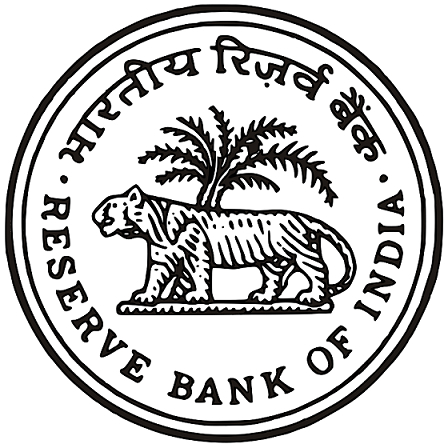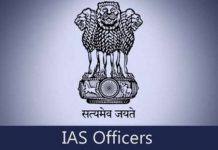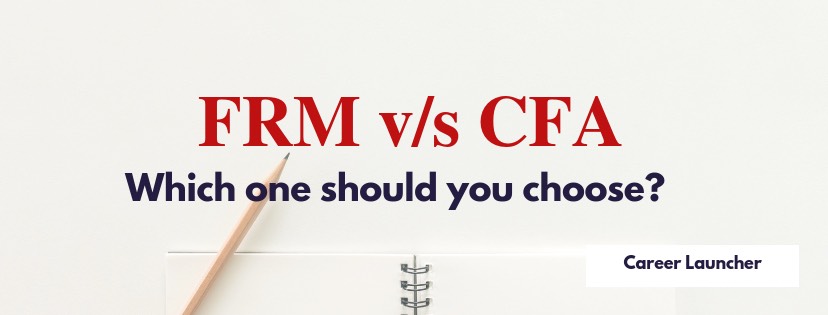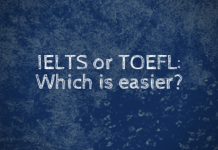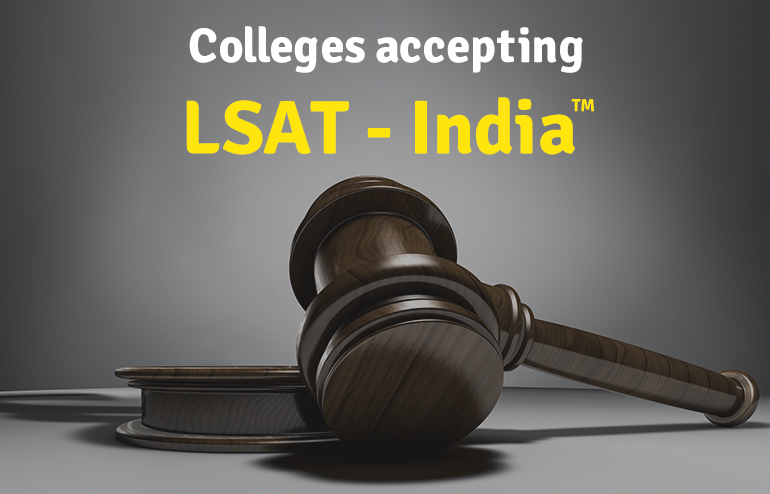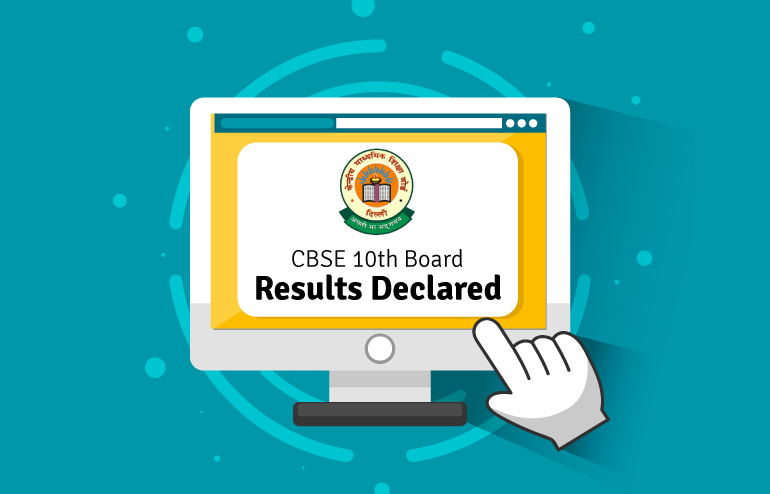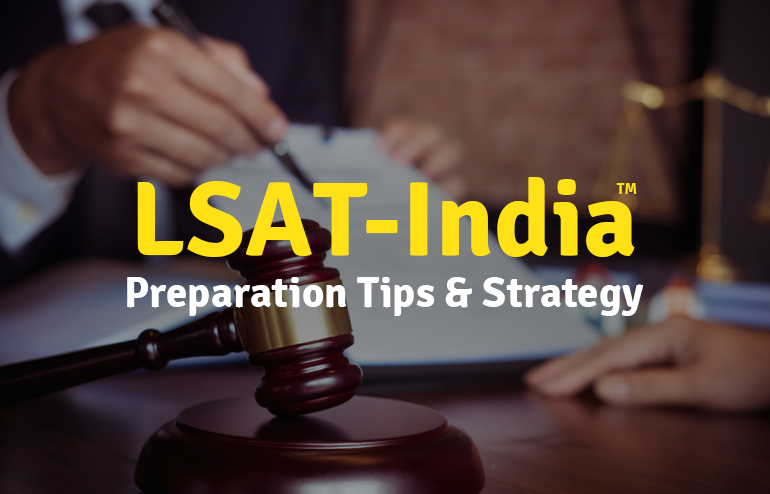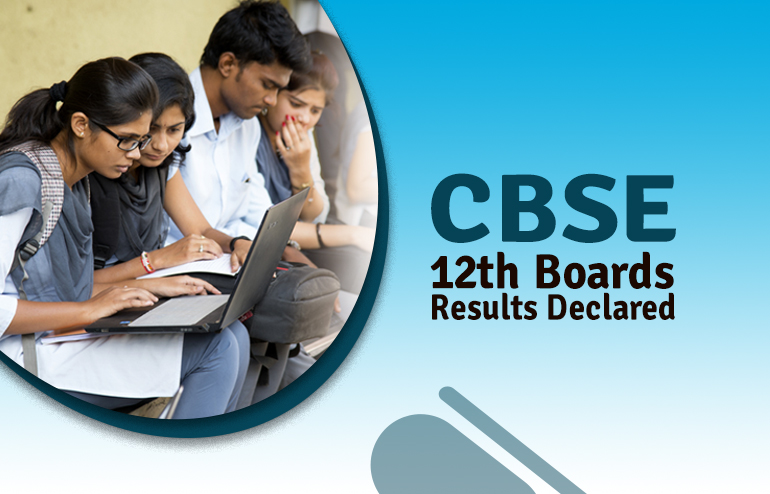Two very prominent and well known designations in the International Financial Market are the FRM and the CFA Charters. Both designations are a league of its own and make for excellent careers, especially for those of you who live and breathe finance. So FRM v/s CFA: Which one should you choose? From a career perspective, is FRM the right certification for you? Or is CFA the career path you should pick? How do you choose? And who do you turn to?
If you are plagued with these questions, don’t know what to do next, or don’t know where to start, don’t worry. You have landed in the right place. We want to help you make an informed decision. After all, your career is on the line here, and you don’t want to make a wrong move! So let’s give both these designations a closer look:
What is the FRM Charter?
Financial Risk Manager (FRM) is an international accreditation offered by the Global Association of Risk Professionals (GARP) to qualified professionals who have successfully cleared all levels of the FRM Exam. With this charter, you become a distinguished Risk Management Professional in the global marketplace. The Charter empowers you as a Risk Management Professional because gaining the charter itself means that your abilities as a Risk Manager has been validated by international professional standards and marked with the seal of global excellence.
To read more, click here.
What is the CFA Charter?
Chartered Financial Analyst (CFA) is a professional accreditation which is offered internationally to investment and financial professionals by the CFA Institute. The CFA Charter is internationally recognized as the “gold standard” of all financial analyst designations. Apart from giving you a general overview of other areas in finance, this program also covers a range of important topics such as: investment and portfolio management, financial analysis, stocks, bonds, and derivatives.
To read more, click here.
Similarities between the FRM and the CFA Charter
The best thing about these charters is that you don’t have to pick one. You can master both the designations. Both FRM and CFA are excellent career choices for professionals who have mastered the art of finance and analysis (or are intrigued to learn all about them). For both exams, you have to pass a certain set of exams. You can’t move to the next level of the Exam until you pass the first. The exams for each charter require a lot of study, practice, patience, disciple, and passion for committed learning.
Differences between the FRM and the CFA Charter
The main difference between the CFA and FRM Charters are the topics covered and the exam structure that is unique to both the designations. We have listed them below:
FRM and CFA topics covered difference:
FRM is a more specialized designation than CFA. It mainly focuses on managing operational, credit, market, foreign exchange, volatility, liquidity, inflation, business, legal, reputational, and sector risk. On the other hand, CFA covers topics such as corporate finance, portfolio management, fixed income, accounting, reporting, quantitative analysis, and derivatives.
FRM and CFA Exam structure difference:
FRM has two exams (Part I and Part II), and CFA has three exams (Level I, Level II, and Level III).
Eligibility Criteria for FRM and CFA
Eligibility criteria for CFA Program
- Educational or professional pre-requisites are not required
- Work full-time in a financial risk role for 2 years.
Eligibility criteria for CFA Program
- You should be a bachelor’s degree holder (or equivalent) or be in the final year of your bachelor’s degree program.
- 4 years of relevant work experience or a combination of professional work and university experience that totals 4 years (Part time work is not counted)
CFA vs FRM: Career Path
In general, CFAs have more career options than FRMs, especially in managerial positions, because of the nature of their studies. The CFA curriculum focuses on broad aspects and topics in finance. Naturally CFAs have more options when it comes to picking a career. They specialize in managing and maximizing a firm’s investments. They also work in investment banks, hedge funds, and corporate finance, doing investment banking, portfolio management, and equity research.
FRMs on the other hand, are specialists. Their role is more focused and specialized than CFAs. They focus on minimizing risk by analyzing and managing risk.
FRM and CFA head-to-head comparison
FRM |
CFA |
|
| Accredited by | GARP | CFA Institute |
| Exam Parts | FRM Level I and II | CFA® Level I, II, III |
| Approximate Pass Rate | 40 – 45% | 35 – 42% |
| Exam Months | May and November | June and December |
|
Main subjects |
Quants, Derivatives, Market Risk, Credit Risk, Portfolio Management, |
Ethics, Quants, Economics, FRA, Corporate Finance, Equity, Fixed Income, Derivatives, Alternative Investments, Portfolio Management |
|
Our Programs |
Career Launcher’s FRM® Program
|
Conclusion
At the end of the day, it all boils down to what you want to do as a financial analyst. As an FRM, you will work in managerial and executive-level positions that concentrate on managing risk for the company that you work for. If your heart likes in working as a credit risk manager, regulatory risk manager, operational risk manager or a market risk manager, then FRM is the career for you. On the contrary, if you want to work as a portfolio manager, research analyst, consultant, corporate financial analyst, or a financial adviser, then CFA is the certification for you.
- To prepare for FRM, click here
- To prepare for CFA, click here
- To read our post on If FRM is the certification for you, click here











